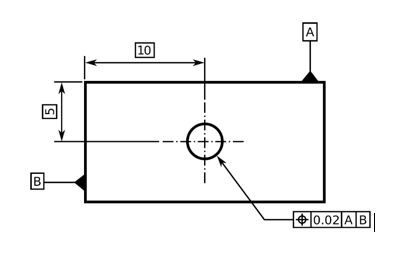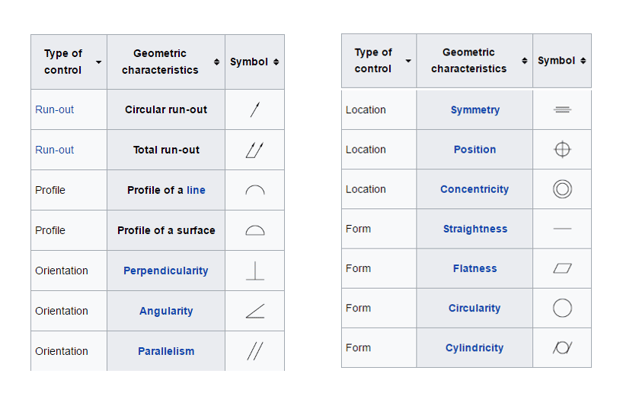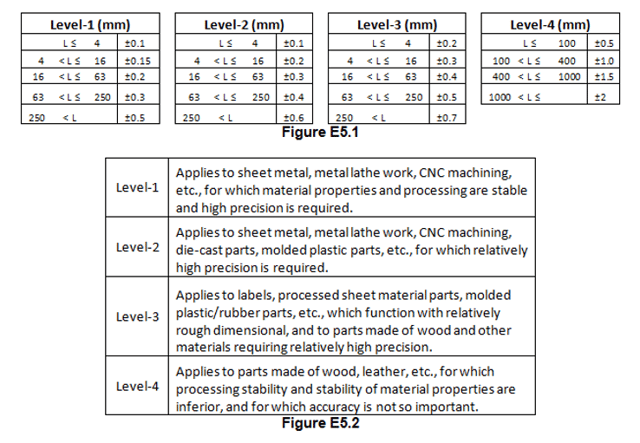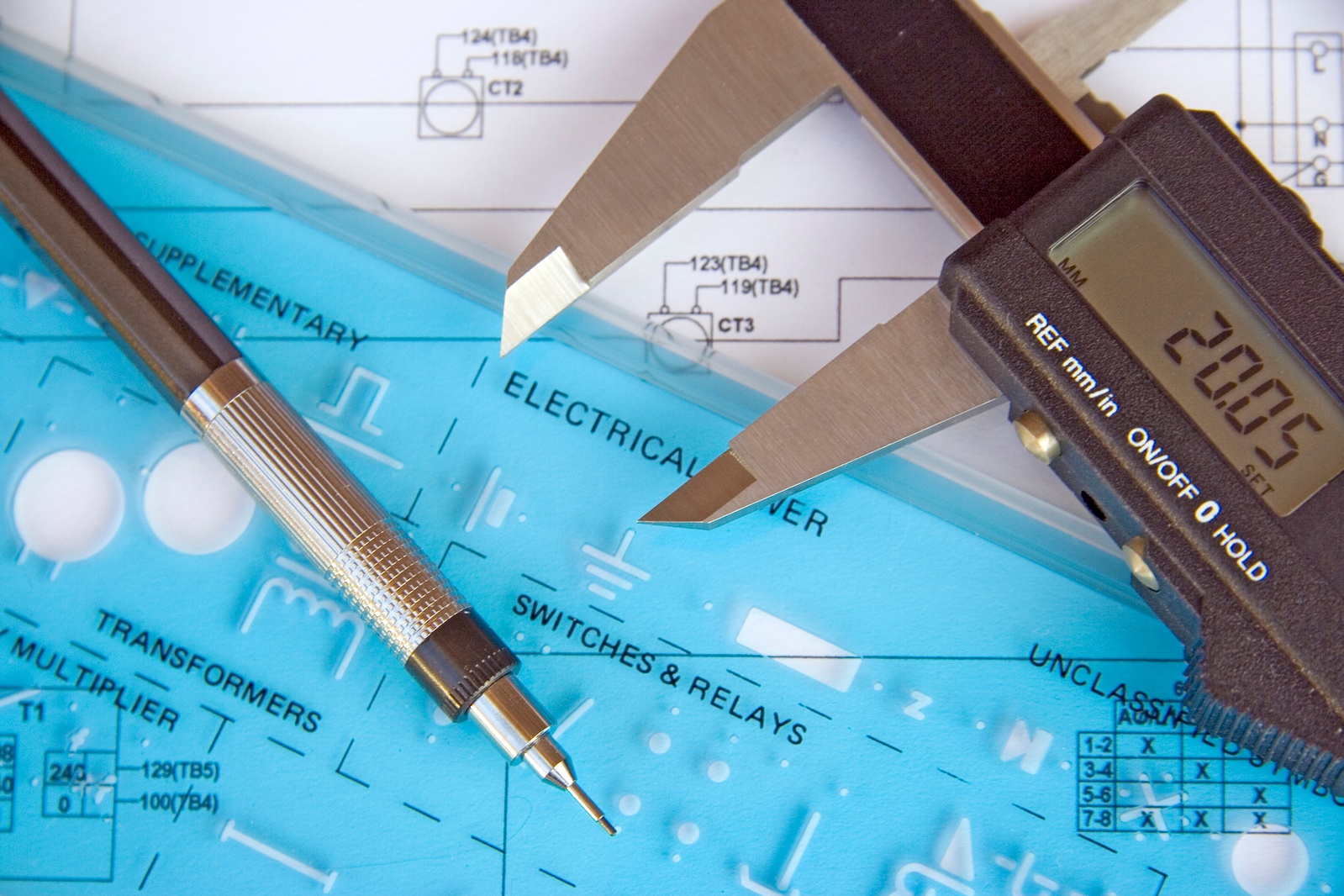The product design and development process is a fascinating one, marrying creativity with the disciplines of math, science, engineering and marketing. Transforming an idea into a marketable product doesn’t just happen.
Involving a manufacturer - EARLY ON - who can help determine whether your design is actually ready to be made is a great first step.
This usually means that the manufacturer you’re working with has its own design services division or works closely with a design services firm. Either way, this is critical element in the process. You want someone going over your design with a fine-toothed comb looking for ways to make your product more efficiently or less expensively.
One design flaw we see frequently on customer's designs is over tolerancing. Tolerance is the specific amount or variable, the plus or minus, allowed in a dimension. Typically, these are drawn very tightly, much more tightly than they need to be. Your manufacturer and the design service folks they partner with are putting effort into making sure your product design:
- Is manufacturable
- Is easy to assemble
- Gets sufficient yields in production
- Avoids processes that might induce defects
Tight tolerances can be a tug of war between designer and manufacturer, and these are that last bit of perfection designers add. Tight tolerances mean the product is less likely to fail in the field, but at what cost?
Why Such Tight Tolerances?
We've learned that tight tolerances are sometimes just numbers on paper without much thought behind them. Sure, a customer might think a tight tolerance was necessary, or even critical for fit or function but on further review they discover it's not critical at all. Here's the big takeaway: Tolerances should always be motivated by the material selection, manufacturing process used and how sensitive your features are to variations. An experienced contract manufacturer will identify the tolerances that are unnecessarily tight and suggest more appropriate ranges, which could ultimately significantly reduce costs.
Design Tolerance Standards
When customers turn in their drawing, they usually specify design tolerances. If not, we'll recommend the class and standard to follow. We reference two standards for mechanical tolerances, ASME Y14 and IS01101.


For electrical tolerances the typical standard is IPC.

Now, let's look at tolerance and how loosening up tolerances can help not just the design but the bottom line.
Four Ways Tight Tolerances are Costing You Money
- Tools are more expense - Higher grade materials offer more precision but are much more expensive to make. The tighter the tolerance the more more it costs.
- Added processes - Tighter tolerances typically need extra processes, which require more machinery, tools and operations. An example would be adding a surface finish to metal. Secondary operations would include grinding, honing and polishing, all labor and cost intensive.
- Required inspection/testing - Critical tolerances call for closer inspections. Whether the testing is manual or automated, it's another layer of testing (and another layer of expense). Sometimes such testing requires inspection of each individual component, with very strict guidelines about rejecting parts that are out of spec — even for those pieces that could be used if the tolerances were more reasonable. The higher rejection rates cause the testing price to skyrocket.
- Precision machinery and equipment - If you choose to keep your tight tolerances and work with a contract manufacturer, one of three things will happen that will cost you more money:
- Your manufacturer will use niche, precision machinery and charge you a premium.
- The supplier will buy the expensive precision machinery and pass on that cost to you.
- Your work will be outsourced to a supplier with those capabilities.
The thing is, you don't lose anything by having a designer look at the design to see where the tolerances can be loosened. Some places might be critical, but others might not. A good engineer will look at your design and ask questions.
Questions to ask:
- What is the part's function?
- Can this tight tolerance be justified or is it non-critical?
- Is this tight tolerance critical for fit or function?
- What process is being used? (For example, were machining tolerances applied when casting tolerances would have been more appropriate?)
- What material is the part made of?
- Was this tolerance passed down in a legacy product design? Is the measurement still appropriate or accurate or could it do with a re-design?
Tolerance is one of those areas that is in the buyer's hands. It's your responsibility as the buyer to tell your contract manufacturer what you will and will not accept in terms of tolerances.
And your contract manufacturer and design services team can help. They can identify those unnecessarily tight tolerances and suggest more appropriate ranges. The manufacturer will own this project from the time its on paper until the product sunsets and they want it to be successful. So here's one place you might want to consider starting — can you loosen up the tolerances?
Read more:
- Why Use a Contract Manufacturer With Design Services Capabilities?
- Mold Flow Analysis and Plastic Injection Mold Design
- Practical Ways Engineering Support Benefits Product Development





.jpg?width=176&height=56&name=MR_associatedNetwork_logo%20(1).jpg)